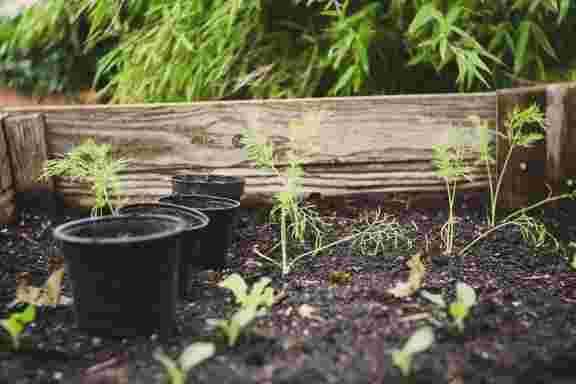


For gardeners and farmers alike, understanding seed viability and longevity is essential for planning successful plantings and achieving productive garden.
In this blog, we’ll explore the key factors affecting seed viability, the lifespan of different types of seeds, and best practices for storing and testing seeds to optimize their potential. Whether you’re growing vegetables, herbs, or flowers, investing in viable seeds can improve your gardening success and allow you to plan for the seasons ahead. For those looking to start with the best options, consider buying seeds from high-quality suppliers that meet organic and sustainability standards.
Seed viability measures whether a seed can germinate and grow into a healthy plant. A viable seed contains a live embryo that will sprout under the right conditions. Age, storage conditions, and environmental factors like temperature and humidity can influence viability.
High seed viability means more seeds will sprout, resulting in a more efficient and productive planting. Seeds with low viability may fail to germinate, leading to gaps in the garden and wasted resources. Selecting and managing viable seeds is critical for gardeners and farmers who depend on crop success.
Seed viability can be affected by age, genetics, and storage conditions. Generally, seeds have a “best-by” period in which they are most likely to germinate. Over time, the rate of viable seeds decreases, making it more challenging to achieve uniform growth.
Species, storage methods, and environmental conditions impact a seed’s longevity or ability to remain viable over time. Different seeds vary significantly in their longevity, with some lasting only a few years and others capable of germinating after decades under the right conditions.
Not all seeds are created equal when it comes to longevity. For instance, seeds of plants like tomatoes and peppers are known to have relatively long lifespans, whereas seeds of parsley or onion tend to lose viability more quickly.
Proper storage is critical to maintaining seed viability and longevity. Seeds should be stored in a cool, dry, and dark environment, as light, moisture, and fluctuating temperatures can reduce lifespan. By controlling these conditions, gardeners can significantly extend the longevity of their seeds.
Testing for viability before planting can save time and reduce disappointment for gardeners with leftover seeds from previous seasons. A quick and straightforward method to test viability is to use a germination test with a small sample of seeds.
To perform a germination test, place a few seeds on a damp paper towel, fold it, and place it in a resealable plastic bag. Keep the bag in a warm area, and check the seeds after a few days. Count how many seeds have sprouted to estimate the percentage of viable seeds.
Non-viable seeds may have visible signs of deterioration, such as discoloration, cracks, or a shriveled appearance. Seeds that appear brittle or damaged may not germinate effectively and are best discarded to make room for healthier options.
Taking extra steps to ensure proper storage can extend the lifespan of seeds, allowing gardeners to preserve seeds for multiple seasons without a significant loss in viability.
Seeds can absorb moisture from the air, leading to mold or premature germination. Airtight containers, especially in regions with high humidity, can protect seeds from moisture and humidity.
Temperature fluctuations and exposure to sunlight can damage seeds and reduce their longevity. A dedicated storage space, like a basement or refrigerator, provides a stable environment that extends seed life.
When seeds are stored and tested for viability, gardeners reduce waste and maximize each seed purchase. This approach is bo0
Studies indicate that proper seed storage can extend viability by up to 50%, saving money and reducing waste over time.
Starting with viable seeds improves the likelihood of achieving high germination rates and a productive garden. This level of preparedness sets up a successful planting season with healthier plants and higher yields.
Seeds are the essence of any garden, containing the potential to produce food, flowers, and habitat for wildlife. Gardeners preserve and nurture this potential by understanding and caring for seed viability and longevity.
